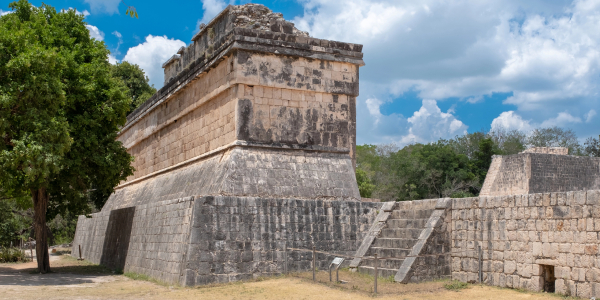01-11-2024 07:00
A large ancient Mayan city has been discovered in Mexico’s Campeche state, hidden beneath dense jungle.
This site, called Valeriana, contains a network of buildings, plazas, and pathways. It is now considered the second-largest Mayan site, only surpassed by Calakmul. Researchers found almost 7,000 structures, including pyramids, amphitheaters, and sports fields, indicating that this area once supported up to 50,000 people. This discovery provides insight into Mayan life during the civilization’s peak in the 9th century. Archaeologists used radar technology to locate Valeriana, a breakthrough that lets them peer through dense jungle to uncover ruins. The city likely featured colorful, grand structures covered in painted plaster.
The Maya civilization, known for its advanced temples and cities, started to decline due to war, disease, and the Spanish invasion. Although the civilization faded, many descendants live in nearby areas today, close to where their ancestors thrived.
Difficult words: amphitheater (an open circular or oval building for public events), fade (to lose color, brightness, or strength gradually), thrive (to grow or be successful).
You can watch the video news lower on this page.

